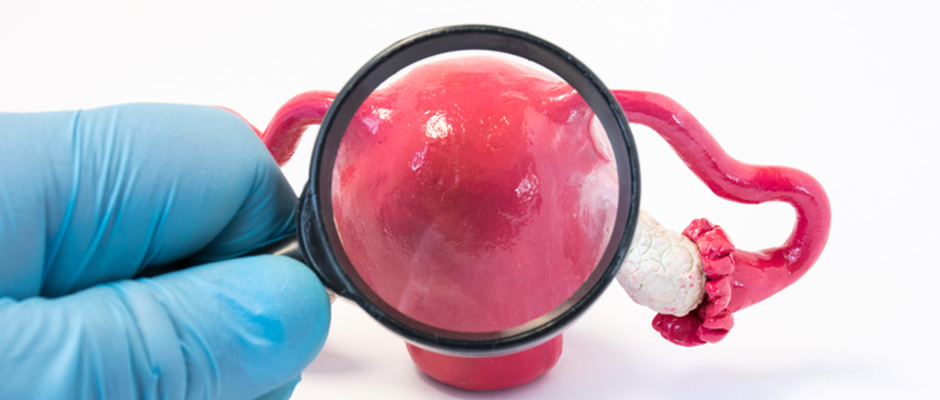Endometriosis and its pro-fibrotic nature.
Mar 14, 2018
The fibrotic nature of endometriosis should not be forgotten, apart from its usual appearance of "endometrial stroma and epithelium’ according to Dr. Somigliana.
Key Points
Highlight:
- As endometrial stroma and glands may not always represent a component of the endometriotic lesion, the author believes that the definition of endometriosis should be reconsidered and reworded as ‘A fibrotic condition in which endometrial stroma and epithelium can be identified.’
Aim:
- To boost the attention to a largely neglected aspect of the disease.
- Targeting the fibrotic process might increase success in developing new therapeutic approaches to endometriosis.
Key points:
- Endometriosis is currently defined as the presence of endometrial epithelial and stromal cells at ectopic sites, but several prominent issues challenge this old definition.
- Endometrial stromal and glands have been shown to represent only a minor component of endometriotic lesions, and they are often absent in some disease forms.
- A smooth muscle component and fibrosis represent consistent features of all disease forms.
- Regardless of the different hypotheses of origin, all investigators agree on the importance of myofibroblasts and fibrosis component in endometriotic lesions.
- The main reasons for changing the definition.
- To foster the evaluation of fibrosis in studies on endometriosis pathogenesis using animal models.
- To limit potential false negative diagnoses if pathologists stick stringently to the current definition of endometriosis requiring the demonstration of endometrial stroma and glands.
- To consider fibrosis as a potential target for treatment of endometriosis.
Lay Summary
Endometriosis is currently defined as the presence of endometrial epithelial and stromal cells at ectopic sites. However, with advances in disease knowledge, several vital issues challenge this old definition. Especially, endometrial stromal and glands have been shown to represent only a minor component of endometriotic lesions, and they are often absent in some disease forms. In rectovaginal nodules, the glandular epithelium is often not surrounded by stroma, and frequently no epithelium can be identified in the wall of ovarian endometriomas. On the other hand, a smooth muscle component and fibrosis represent consistent features of all disease forms.
Based on these observations, Dr. Somigliana group from Italy suggests that the definition of endometriosis should be reconsidered and reworded as ‘A fibrotic condition in which endometrial stroma and epithelium can be identified.’ The main reasons for this change are: (1) to foster the evaluation of fibrosis in studies on endometriosis pathogenesis using animal models; (2) to limit potential false negative diagnoses if pathologists stick stringently to the current definition of endometriosis requiring the demonstration of endometrial stromal and glands; (3) to consider fibrosis as a potential target for treatment of endometriosis.
This opinion article is aimed at boosting the attention paid to a largely neglected aspect of the disease. The authors hope that targeting the fibrotic process might increase success in developing new therapeutic approaches.
Research Source: https://www.ncbi.nlm.nih.gov/pubmed/29206943
Endometriosis fibrosis myofibroblast smooth muscle Tranforming Growth Factor ?1 epithelial to mesenchymal transition.

